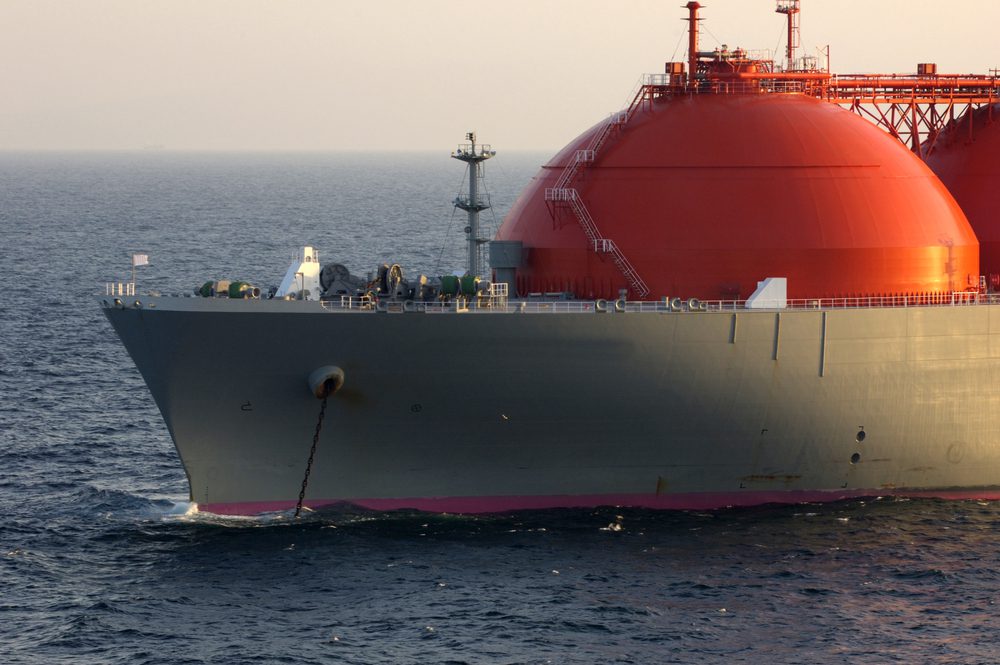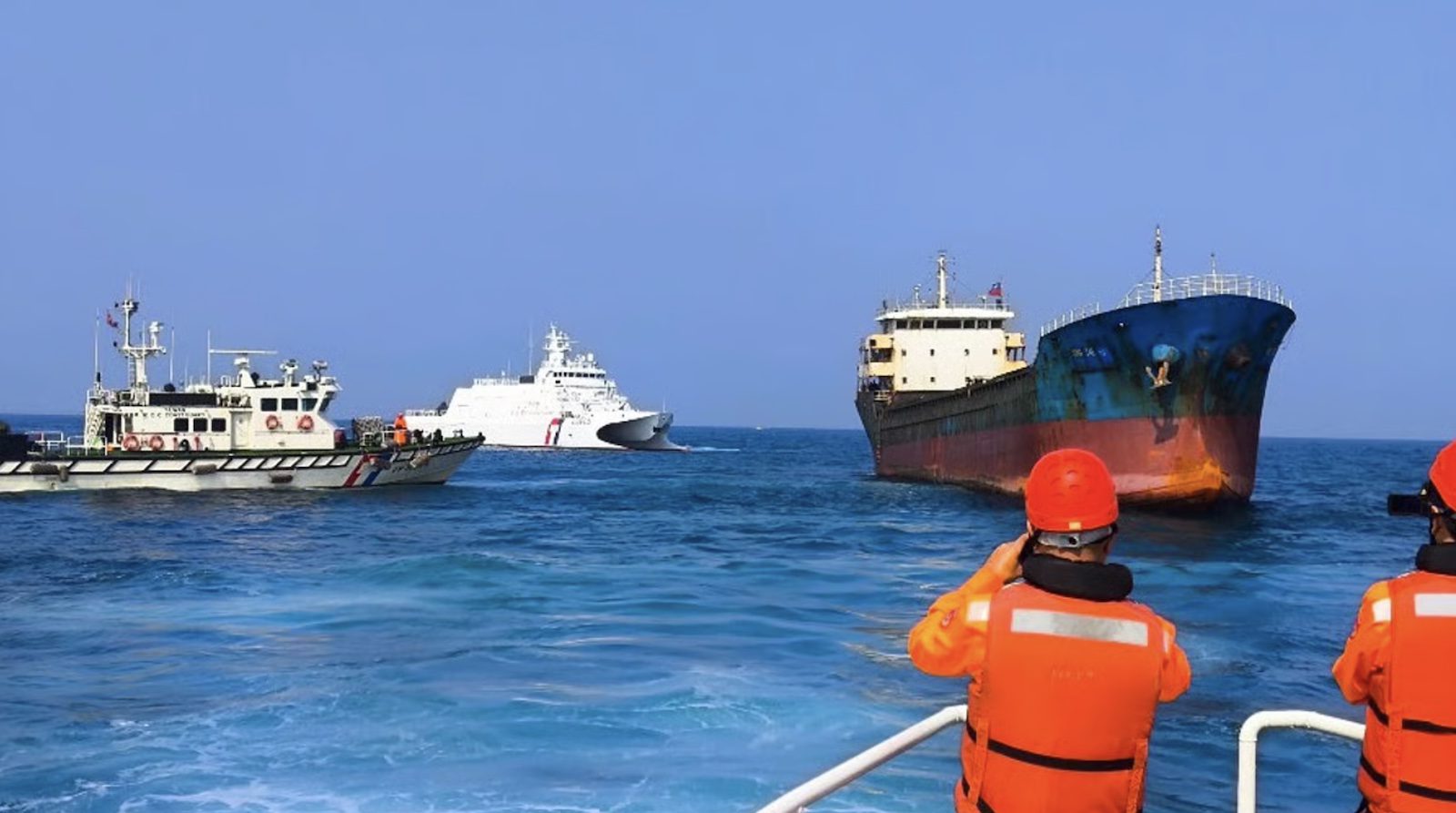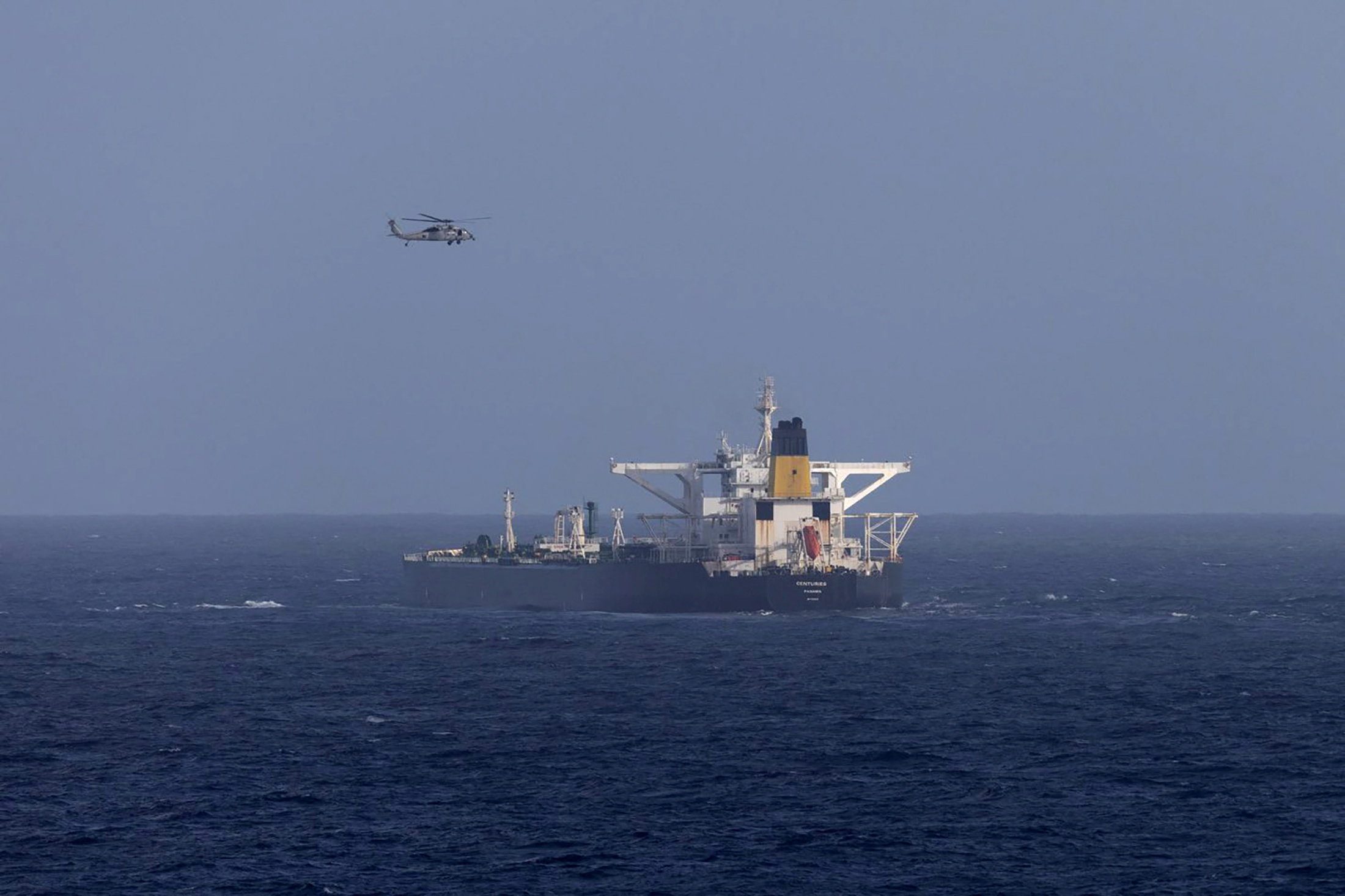Image (c) Shutterstock/Oleksandr Kalinichenko
By James Paton
Oct. 20 (Bloomberg) — An extended slump in oil prices threatens an expansion of the liquefied natural gas industry and risks cutting returns for project developers in Australia, poised to become the world’s biggest supplier of LNG.
The nation’s exports of natural gas converted to liquid are linked to the oil price, which has declined from a June peak. Brent crude, the global benchmark, reached an almost four-year low of $82.60 a barrel last week.
Australia’s natural gas industry is already facing high costs as companies from BG Group Plc to Chevron Corp. build seven export ventures to meet Asian demand. Developers across the nation are studying further investment of as much as A$180 billion ($160 billion).
Weaker oil prices may put proposed LNG projects “to sleep for a number of years,” Fereidun Fesharaki, chairman of Facts Global Energy, an industry consultant, said in a phone interview. “For the projects that are already under construction, it hits their pocketbooks seriously.”
Prices below $80 a barrel may be a “disaster” for some projects, said Fesharaki, who forecasts Brent may decline to $60 a barrel before the end of the year, then rebound to about $80 by the end of 2015.
In a 2012 presentation, he cited lower oil prices as a bigger concern for Australia’s LNG industry than supply competition from the U.S.
Origin Energy Ltd.’s long-term view of the economics of its project with ConocoPhillips is unchanged, the Sydney-based company said last week in an e-mail. In a November presentation, Origin said it needed a $55 a barrel price over the life of the project to recover its costs.
Protect Suppliers
BG’s Australian project, due to start by the end of the year, is profitable “at a wide range of oil prices,” the company’s local unit said today in an e-mail.
Australia’s export developments typically have 20-year contracts. Some have a floor price of $40 to $60 a barrel and a ceiling of $80 to $110 a barrel, according to a report last month by the Oxford Institute for Energy Studies.
That’s designed to protect suppliers and buyers from severe moves in the oil price, Geoffrey Cann, Australian oil and gas director at Deloitte LLP in Brisbane, said by phone.
If developers lower their oil forecasts, “expansion of the natural gas industry in Australia will be very difficult because Australia is a high-cost environment,” he said.
About $190 billion in LNG projects are being built in Australia, including Chevron’s Gorgon development, whose costs have ballooned by $17 billion from an initial estimate. Chevron said in December 2012 that while Gorgon costs had risen, the oil price had also climbed, helping the project’s returns.
Total, InterOil
Woodside Petroleum Ltd.’s Browse and Sunrise LNG ventures and Exxon Mobil Corp.’s Scarborough development are among additional LNG projects under consideration in Australia. In nearby Papua New Guinea, Exxon is looking at a potential expansion of its venture, while Total SA and InterOil Corp. are planning a second gas export development.
Brent may drop to as low as $78 in the next three months, UBS AG said last week in report, while Bank of America Corp. and BNP Paribas SA predict prices will hold above $80 a barrel. Societe Generale SA has cut its forecast for 2015 by $12 a barrel to $91 a barrel.
Oil has slipped 22 percent this year and collapsed into a bear market as shale supplies boost U.S. output to the most in almost 30 years and global demand growth weakens. Brent traded at $86.23 at 3:48 p.m. Sydney time. A decade ago, the price was around $50 a barrel.
“There’s no doubt if we were to see the type of crude oil prices we’re seeing now continue they would be looking at lower LNG prices,” Daniel Hynes, senior commodity strategist at Australia and New Zealand Banking Group Ltd., said by phone. “On face value, it would put pressure on margins.”
Copyright 2014 Bloomberg.

 Join The Club
Join The Club











